05 Oct 10/05/2022
Safety Precautions for Emergencies at Home and Work
Mother Nature is a powerful force, and the world can be a dangerous place to live. Venomous snakes and spiders, volcanoes that spew molten lava, and predators such as sharks and bears looking for their next meal join the threats of tornadoes, floods, and fires to keep us on our toes. An intelligent person will undertake to avoid these threats as much as possible and minimize potential harm by taking steps to avoid or reduce risks. You’ve probably heard words like “safeguard,” “care,” “protection,” and “caution.” They all deal with one core idea: taking necessary precautions against potential dangers.
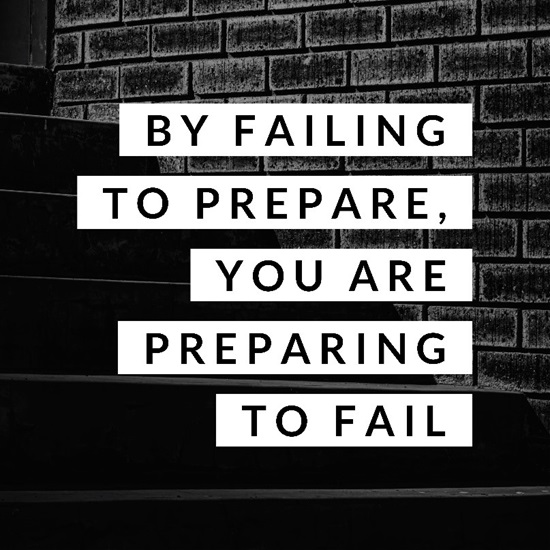
Preparing for any crisis requires planning and consideration of the activities taken before, during, and after a disaster.
This article will address some circumstances requiring individuals to take safety precautions at home and work to ensure their well-being during crises. We will identify ways a person can avoid or reduce risk during some of life's worst disasters. This insight revolves around the wise adage, Safety First! MCR Safety stands behind that wisdom because “We Protect People.” Let’s prepare for life’s emergencies and consider some safety gear that makes sense to keep close by, just in case.
Safety Precautions
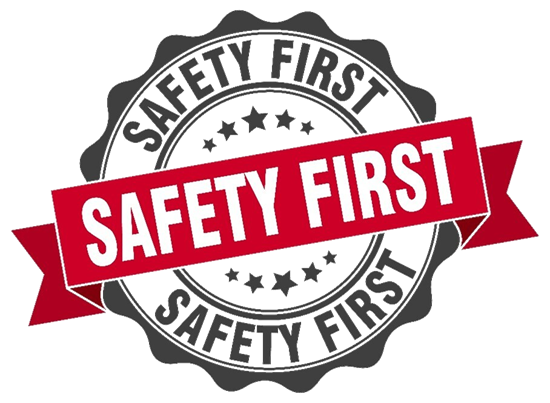
Merriam-Webster defines a safety precaution as anything a person does to prevent harm. These can be activities that limit the risk of injury from minor accidents to avoiding severe trauma and even death. Fortunately, most safety precautions require little time and effort, though the payoff can be significant.
Standard Universal Precautions

What are some safety precautions? While there are many safety precautions one can take, there are quite a few “common sense” safety precautions that can be applied in almost any scenario. These include:
- Be alert. You should always be aware of your surroundings and have a clear mind. There are often warning signs to signal of dangers nearby. The warning sign example above alerts people that a dangerous step is approaching. However, only those who are alert and paying attention will notice the sign.
- Understand emergency procedures. It is best to familiarize yourself and those around you with the location of emergency exits and the established procedures for various emergencies. Families should develop a safety plan that includes identifying several locations where all family members know to go and meet in case they are separated or are coming from different locations.
- Keep an emergency supply kit on hand. It would help if you had supplies when things go haywire. Examples of items to keep in an emergency supply kit include bottled water, non-perishable foods, first aid items, spare keys, extra clothing, and some additional cash.
Click the image above for a checklist of items often needed during emergencies.
Emergency Preparedness at Home
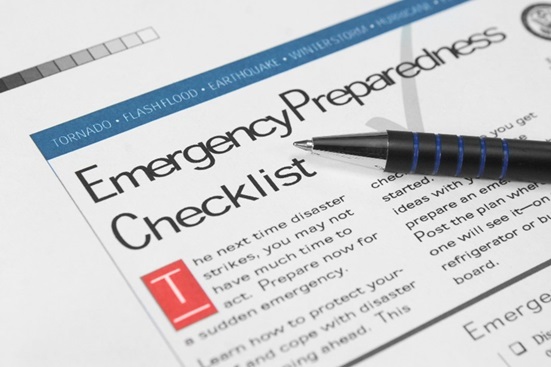
Emergency preparedness refers to what you can do before, during, or after a natural disaster or other types of emergency to reduce the risk of injury or death. Hurricanes, floods, tornadoes, gas explosions, and house fires are common events that remind us of the importance of being prepared. A recent survey from the Federal Emergency Management Agency (FEMA) shows that 68% of people surveyed have taken steps to prepare for potential disasters. Survey results show that people have gathered essential supplies, sought preparedness information, and established emergency plans.
Below are five of the most common natural disasters and some information about the practical resources one can utilize to protect oneself and one’s family when nature strikes.
Tornadoes
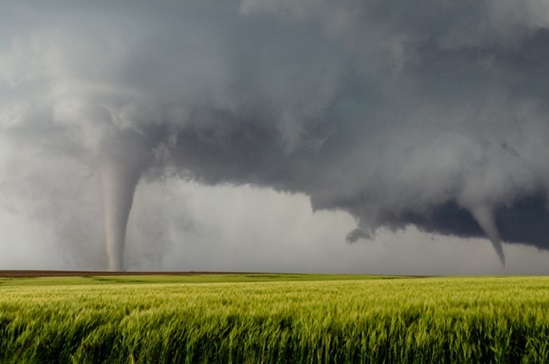
A tornado can occur anywhere and anytime, so all must be prepared for this violent storm capable of producing 200 mph winds. Tornadoes destroy everything in their path, including buildings, cars, and even people. To stay safe, it's imperative to identify protected areas, such as basements or reinforced rooms away from windows, where you can wait out these dangerous twisters. Immediately taking shelter in a sturdy structure as soon as a tornado is identified is key to survival.
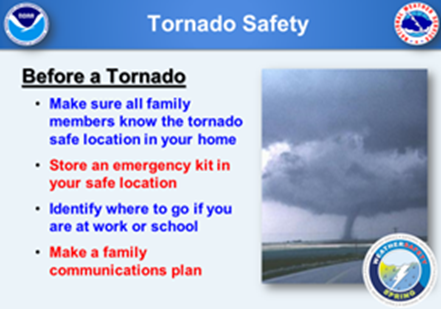
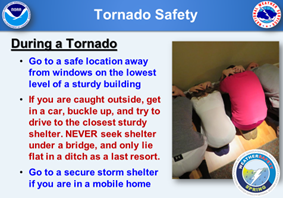
For tornaodes, ready.gov/tornadoes is the go-to resource for those wanting to prepare for this disaster.
Earthquakes
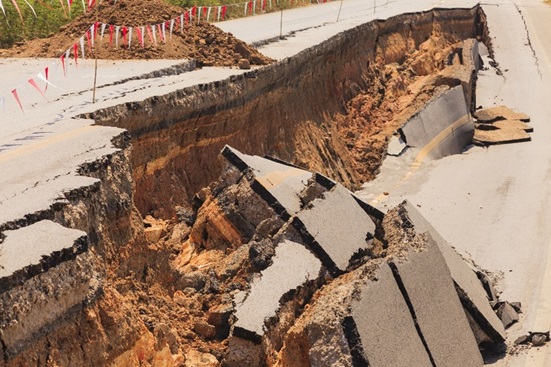
While California waits for “the big one,” earthquake dangers are present nationwide. A tectonic earthquake causes the earth's sudden and rapid trembling along fault lines, where rock masses violently move in opposite directions. For earthquakes, the primary danger associated with earthquakes is the shift or collapse of furniture or building structures, which can cause bodily injury, fires, chemical spills, and other hazards. Thus, preparedness for an earthquake focuses on finding immediate protection from falling objects. Find some solid furniture to get under, and hold on!

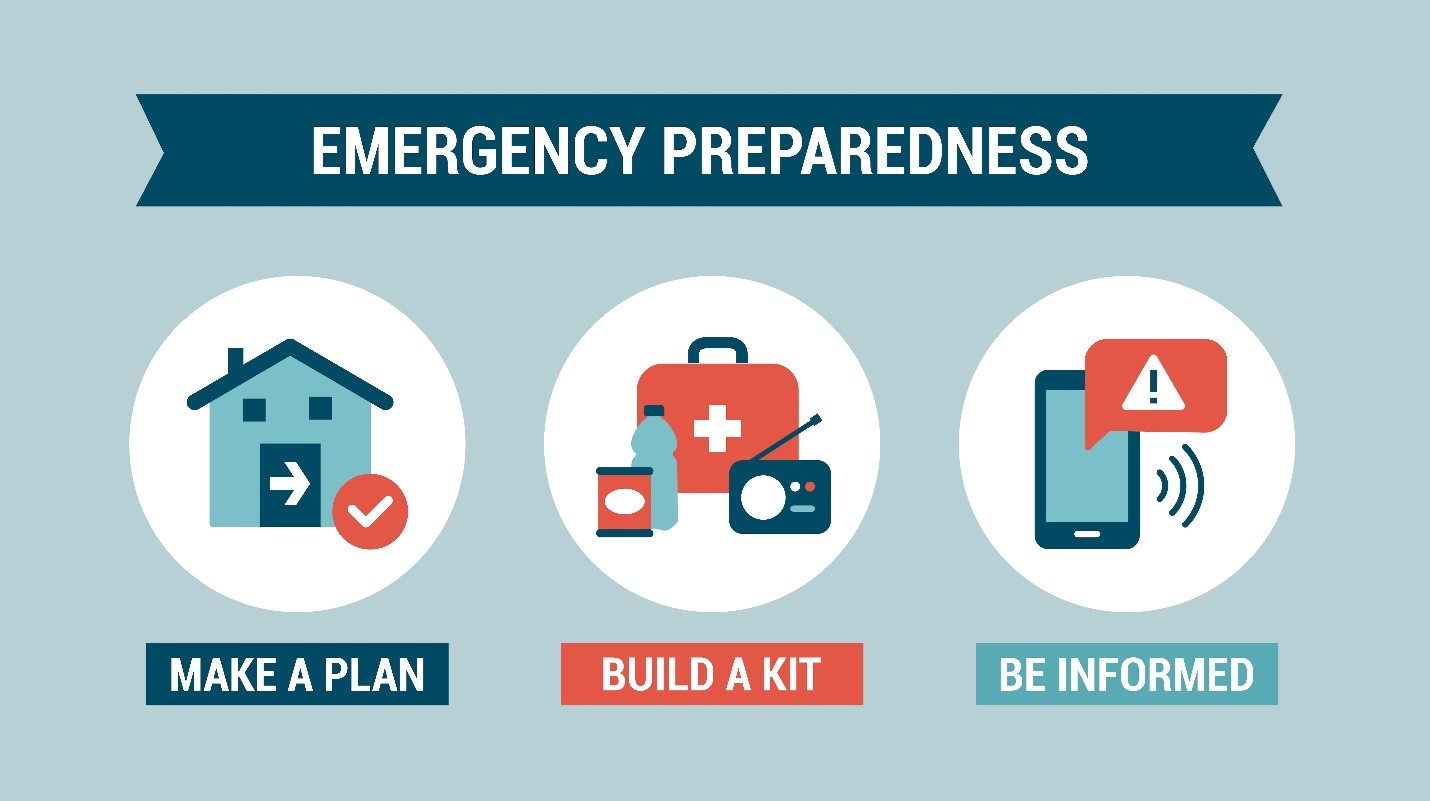
Consider purchasing a fully-stocked emergency kit to utilize after a severe earthquake.
Anyone living near an earthquake-prone area should have an emergency kit and emergency gear nearby to survive until help arrives. You’ll need standard supplies to last several days, including any personal medications you may take. The following websites have resources to help you plan before the big one hits:
For Hurricanes
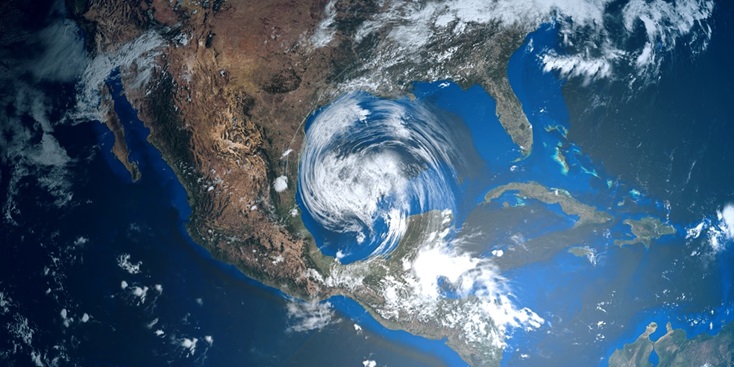
Hurricanes are gigantic storms that develop over ocean water, producing intense winds, significant rainfall, and storm surges. Fortunately, hurricanes are often predicted well in advance, so preparation procedures for a hurricane focus primarily on the safe and efficient evacuation of the affected area. For hurricanes, those who remain to tough it out, it is a good idea to have a hand-cranked radio, a flashlight, several days’ worth of food, and some filled water jugs. The last thing you want to encounter is the mad dash to the supermarket for these items, so advanced preparation is essential.
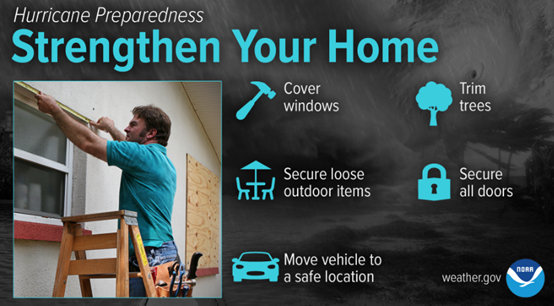
Your home needs to be secured to ensure damage remains minimal.
If you live in a hurricane-prone area, check out these online resources to help ensure you’re prepared:
- National Oceanic and Atmospheric Administration (NOAA) Preparedness
- Red Cross Preparedness
- Ready.gov
Cleaning up from a hurricane can be dangerous work. We cover the safety concerns during cleanup in our article Hurricanes: Cleanup, Disaster Recovery, PPE, and Safety.
Blizzards
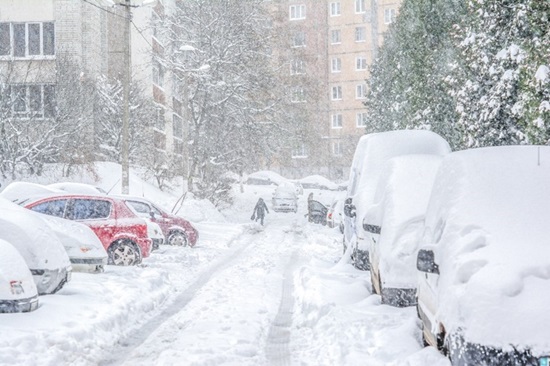
When the temperature drops, the snow is blowing at 35 mph or more, and visibility is diminished for at least 3 hours, you are in a blizzard. Like hurricanes, blizzards and other winter storms are emergency weather events that give people ample warning time. For blizzards, the advanced warning allows people to “winterize” their vehicle and collect essential tools, such as kitty litter, shovels, flashlights, warm blankets, gloves, etc., before hitting. When blizzard weather rolls in, the home should be protected from freezing pipes and stocked with emergency supplies, such as firewood, water, food, and medical supplies.
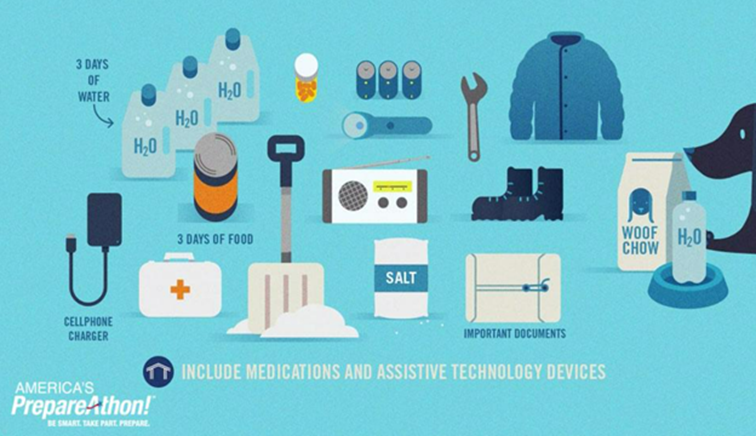
Winter weather gear is a must for any preparedness kit. MCR Safety offers winter clothing and gloves for anyone needing to refresh their kit.
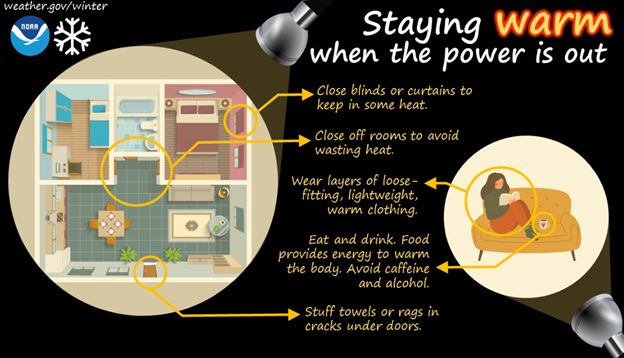
Floods
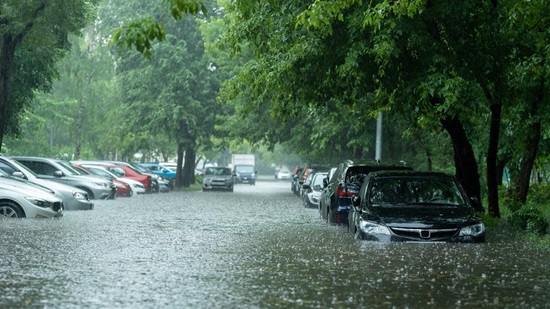
Floods, especially flash floods, are unpredictable natural hazards that offer little to no advance warning. They occur after steady rain for several hours or days along low-lying areas. They also occur when levees or dams break, such as in New Orleans after Hurricane Katrina. Perhaps the most frightening thing is that more deaths occur from floods than any other disaster highlighted in this article.
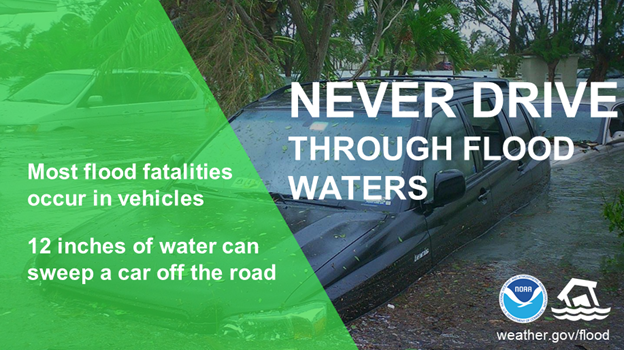
Half of all flood fatalities are vehicle-related, and most cars can be swept away in less than two feet of moving water.
Within seconds, only six inches of moving water can upend a person and place them in hostile waters. Knowing your proximity to rivers, streams, and dams makes sense because that will be a foretelling sign if there are flood fears.
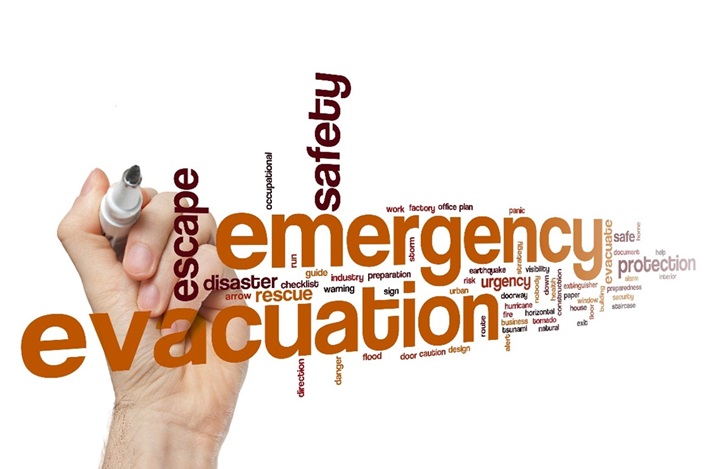
Flash flood concerns can prompt evacuation warnings. If that happens, you’ll want to know where the high ground is before the waters rush in and be ready to evacuate your home at a moment’s notice.
Some of the critical preparations homeowners should consider before a flood event occurs are raising the level of your furnace and electrical panels, installing check valves, and using sandbags if time permits. The Red Cross provides a disaster preparedness PDF outlining what to do before and after a flood. Here are some things you’ll need to consider:
- Keep an eye out for loose power lines.
- Watch out for wildlife, especially poisonous snakes.
- If you smell gas, immediately call the fire department.
Here are some other websites for flood preparedness:
Common Workplace Precautions
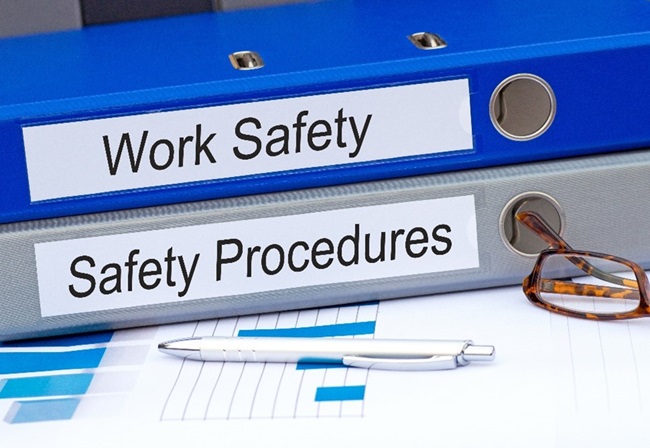
The Occupational Safety and Health Administration (OSHA) realizes that emergencies are a hazard every worker must be prepared to handle. OSHA provides tremendous insight on its emergency preparedness page, offering suggestions of necessary equipment and tips to navigate emergency incidents. Much of what we’ve covered about protecting people and homes from natural disasters is highlighted from a workplace perspective on the following pages: tornadoes, earthquakes, floods, winter weather, and hurricanes. These pages offer insight into how to put weather-related workplace safety procedures in place and the need for regular training exercises that allow you to address any weaknesses or challenges.
Weather is only one of the potential dangers we must prepare for; the workplace offers many more. Certain safety precautions should be taken across all industrial worksites before emergencies occur. It doesn’t take a disaster to make the worksite unsafe; hazards exist everywhere. Here are some workplace hazards that need to be addressed before an emergency arises:
Circular Saw
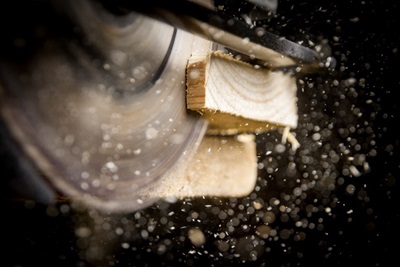
A circular saw can be extremely dangerous; thus, it’s essential to follow basic safety procedures before and during use. This includes using the proper safety gear, such as goggles and hearing protection, inspecting the saw before you cut, and avoiding dangerous activities near the blade.
Hammer
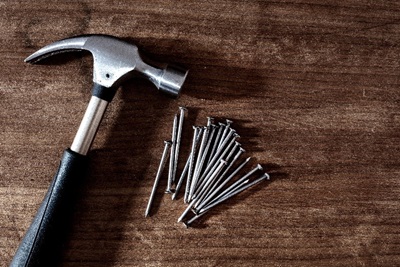
Always use the proper tools and equipmentfor the correct type of job. Different hammers exist for different purposes, so it’s crucial to select a hammer that is the appropriate size and weight for the job at hand. Other precautions with hammers relate to ensuring the tool is intact and using it correctly.
Hand Sanitizer
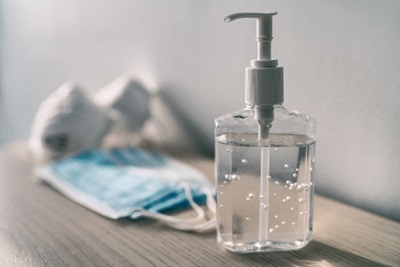
Hand sanitizer is a cleaning solution that kills germs using three essential ingredients: ethyl alcohol, isopropyl alcohol, and benzalkonium chloride. Covid-19 took hand sanitizer precautions to a new level, and most stores ran out. Keeping some of this essential product at work and home is a good idea. However, nothing replaces handwashing: wash hands with soap and water for 40 to 60 seconds.
Sulfuric Acid and Chemicals
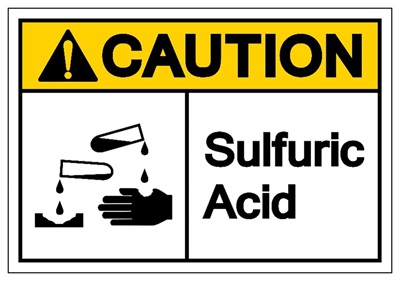
Sulfuric acid is highly toxic and can cause severe damage if swallowed or inhaled. It can also cause damage if it meets the skin or splashes into the eyes. It’s, therefore, essential to use protective gear such as eyewear, gloves, and protective clothing when working with sulfuric acid or any known workplace chemicals.
Here are some more necessary workplace safety precautions:
- Keep areas clean from spills or objects lying around to avoid tripping, slipping, or falling.
- Know where exits are in case of an emergency.
PPE
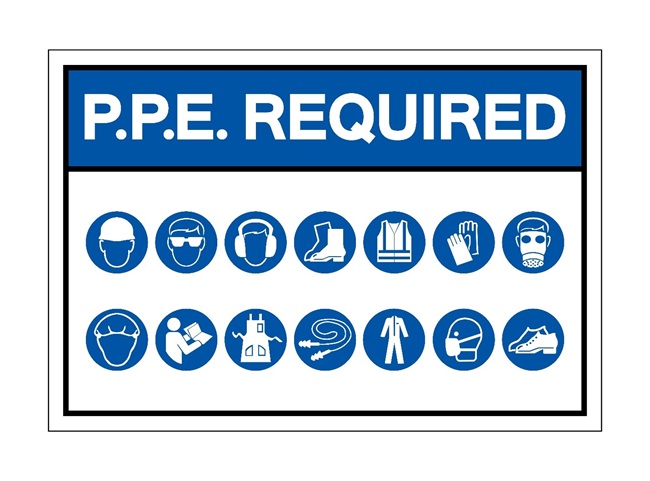
Wearing the proper personal protective equipment (PPE) is critical, whether at work or home. If you examine any fully-equipped emergency kit, you’ll find leather gloves, disposable gloves, and safety goggles. These items significantly reduce the risk of injury and help keep hygiene a focus. They are also the same gear workers need when working around dangerous equipment on the job.
Here are some PPE options to consider stocking up on or replenishing in an existing kit.
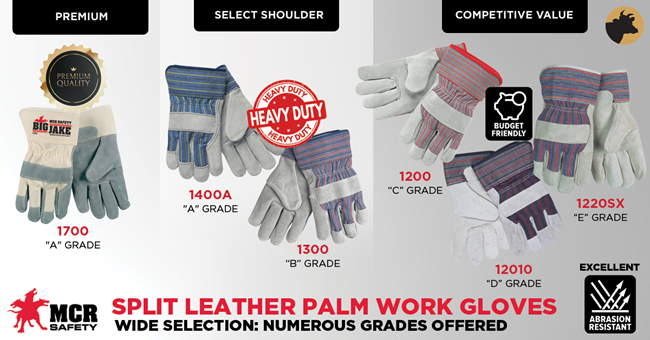
Leather gloves are ideal for most material handling applications.
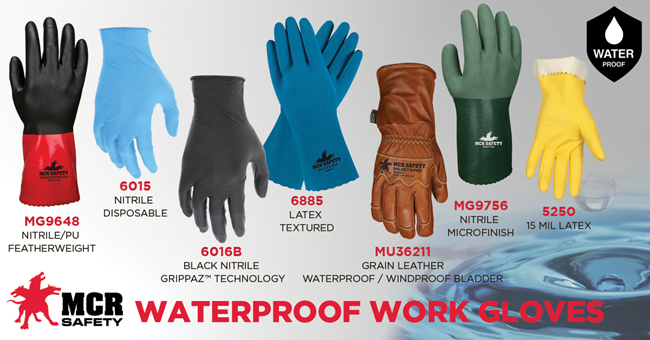
Cleanup will occur after any disaster, which means rubber gloves and cut-resistant gloves are always needed.
.png?h=340&w=650&hash=43EA0B8478ECC13909ECED11F335C0DB)
Hygiene is paramount after disasters, and disposable gloves help protect your hands.
.png?h=340&w=650&hash=79140E766DD9F83398CA8191418AD361)
You’ll need to keep some winter gloves stocked with your winter essential gear kit.
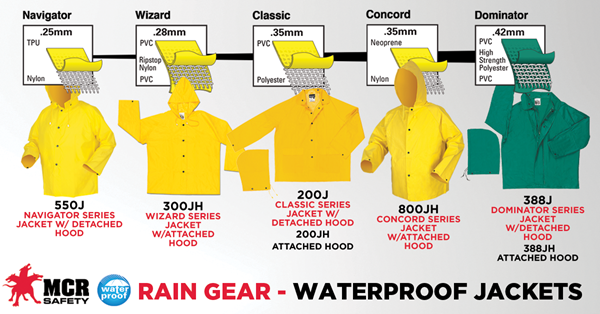
Proper rain gear will keep you dry whenever thunderstorms cause large amounts of rain, especially during floods.
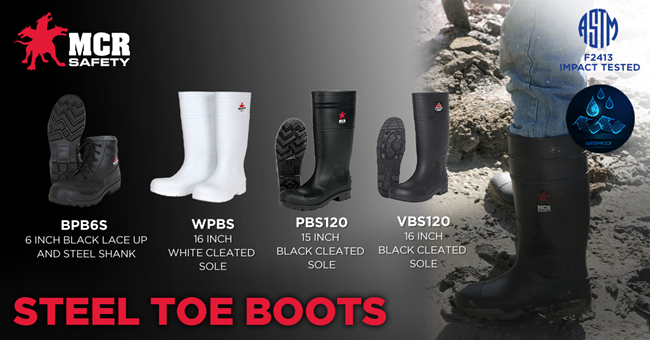
Like rain gear, a good pair of waterproof boots are ideal for walking in flooded zones.
.png?h=340&w=650&hash=2530901FB9D53E20BC50245E25D8B242)
Heat stress is a definite concern if a disaster occurs during the hot summer.
.png?h=340&w=650&hash=B529FE419BE8929ED191B32972351421)
Safety goggles are perfect eye protection if the wind has picked up or you face unknown environments.
Common Questions

What is a good safety precaution when fueling your boat?
- There are several necessary precautions for refueling a boat. Important precautions include securing the boat to the dock and eliminating any potential fire hazards.
Be Prepared and Stay Safe
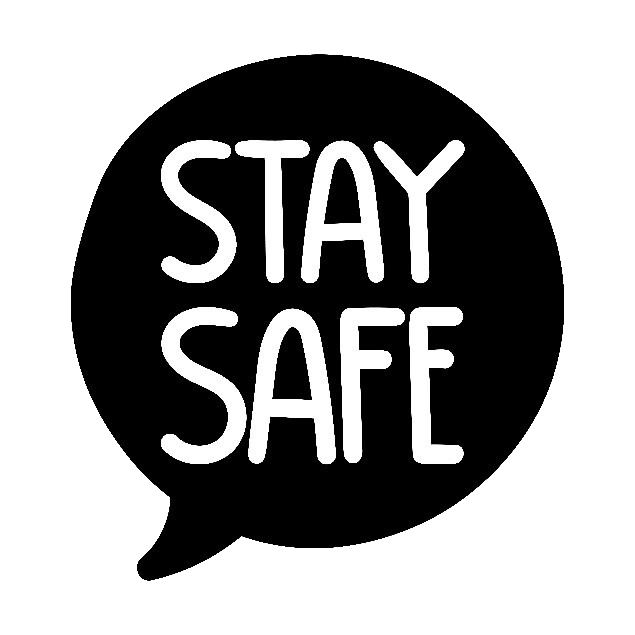
There is nothing anyone can do to stop Mother Nature’s worst events, from floods to tornadoes or earthquakes. However, you can minimize the harm caused during these events by having a plan and being prepared. Your safety is our top priority, which is why we devote countless hours to educating people on the dangers faced at work or home. We hope you’ve found some helpful information above on being prepared for potential disasters, and we hope we’ve earned your trust in keeping you and your loved ones protected with MCR Safety PPE. Remember, We Protect People!
Click the below image to leave us comments, questions, or any concerns.
For over 45 years, MCR Safety has proven to be a world leader in gloves, glasses, and garments. Whether it's being prepared for a powerful storm, staying warm during winter, or cleaning up after a disaster, we are there providing solutions to workplace hazards. It's all part of our commitment to protect people.
No matter your industry, we have the personal protective equipment you need.
Learn more about MCR Safety by checking out our most recent video. For more information, browse our website, request a catalog, find a distributor, or give us a call at 800-955-6887.
About the Author
Related Articles
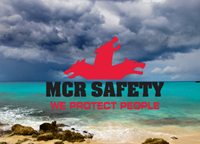
Hurricane Cleanup, Disaster Recovery, PPE and Safety
Hurricane season for the Atlantic Ocean, Caribbean Sea, and the Gulf of Mexico starts June 1st...
Our Best Cut Resistant Gloves: ANSI A9 Level
There are no good workplace injuries, but cuts and lacerations can be especially horrifying for...Latest Articles







